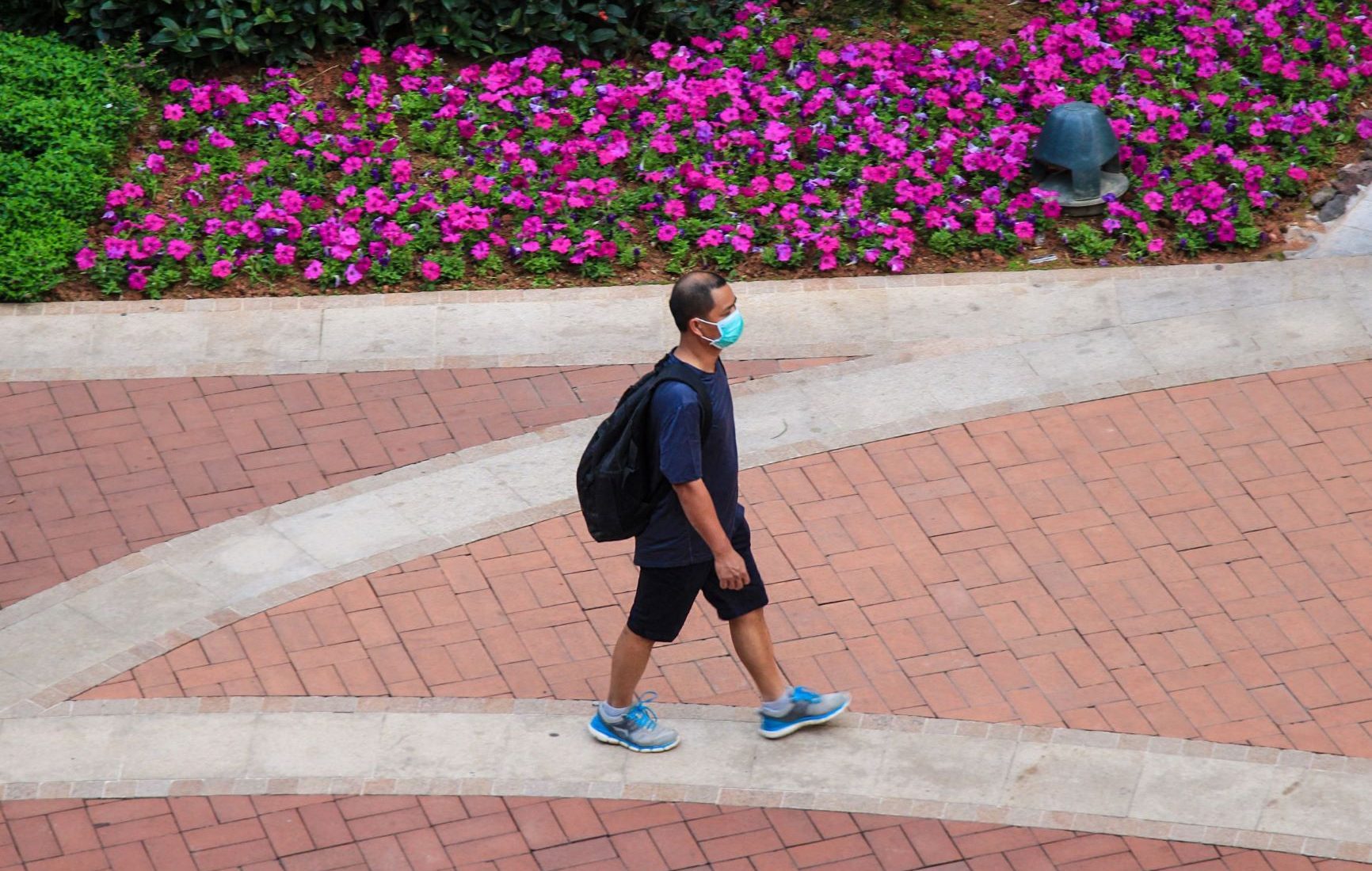Projecting the future: what can China’s post-lockdown experience tell us?
There is one burning question for brand owners, creative agencies and researchers right now: what will the transition from full lockdown mean for consumers and companies?
China, of course, is further along its Covid-19 journey. Official lock-down there began in late January and restrictions have been slowly lifting in stages since late March. So what trends are emerging?
With so many known unknowns and unknown unknowns (!) we can’t pretend to have the definitive answer. However, we’ve been chatting with Nick Ho, our trusted partner on the ground in Shanghai, to see what the situation unfolding in China can teach us.
1. A prolonged transition process. The good news from China is that significant parts of life have returned to normal – most business are back at work, the economy is picking up generally, and the parks and subways are again busy. However, most schools remain closed, restaurants and cinemas are quiet, and there is clearly some way to go before full consumer confidence will resume.
At best guess, commentators are predicting a ‘new normal’ emerging around the Autumn time in China, but as in the UK, it is likely that there will be a longer tail of impact well into 2021 as we wait to see if a vaccine can be developed or if there is a second wave of infections. And the implications for brands? This is too long for hibernation to be an effective strategy – you need to adapt and respond.
2. Short term ‘revenge’ vs. long term survival tactics. The initial easing of measures created some one-off events – overcrowding of iconic beauty spots to catch the last of the spring blossoms, record-breaking spending at luxury shops (the Hermes flagship store in Guangzhou took US$ 2.7 million on its first day of business!) and re-opening parties at nightclubs in some cosmopolitan centres.
However, the reality of the enduring risk and economic uncertainty means medium term spending and activity in most sectors continues to be affected. Food and entertainment spend focuses around the home, and most segments continue to cut back on non-essentials, especially those whose value comes from life outside the home e.g. clothing, beauty and travel plans.
This is something we’re also seeing through our Covid 20-20 Community. There’s a dissonance between the things UK consumers say they plan to do to seize the day when they are allowed (book that holiday, invest in some great clothes or focus on the career move they’ve always dreamed of) and the reality of what they’ll actually do. That’s not to say all big-ticket items are off the cards, but my sense is people will tend to focus their spending on smaller treats, closer to home. A last minute weekend in Yorkshire anyone? .
3. Hastened digitization. The crisis has accelerated China’s shift towards digitization – with e-commerce, online education, digital entertainment and digital advertising all seeing an enduring uplift post-lockdown easing.
Our sense is this trend will also be seen here but across the board. Yes, more people will see the value of Zoom for working from home, but Zoom pub quizzes are unlikely to beat the pull of the pub
4. A new tone of voice in advertising. Like here, the lock-down brought on a sway of heroic and nostalgic ‘wartime’ style advertising from brands and the government alike in China. However, a new positive and future facing tone is emerging from brands in China – with the strongest demonstrating a new adapted role for brands in this new normal.


